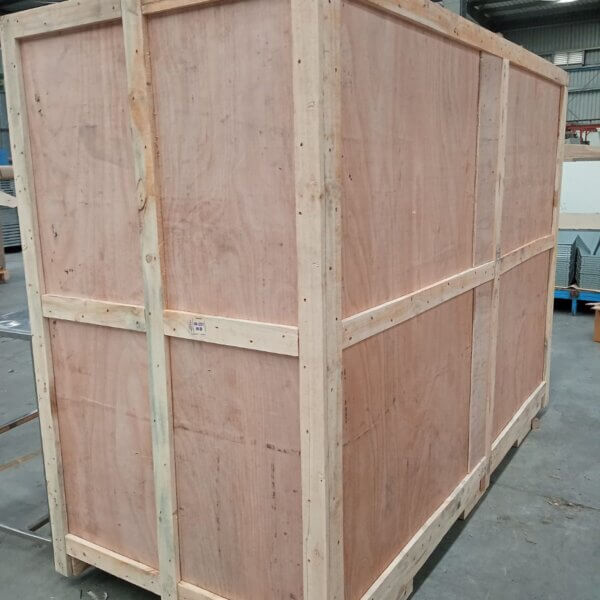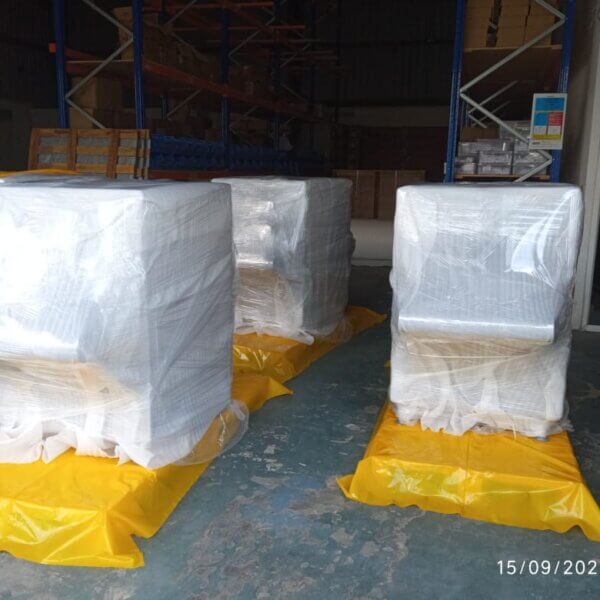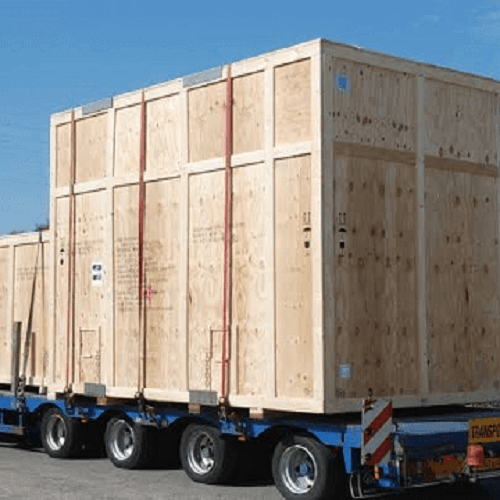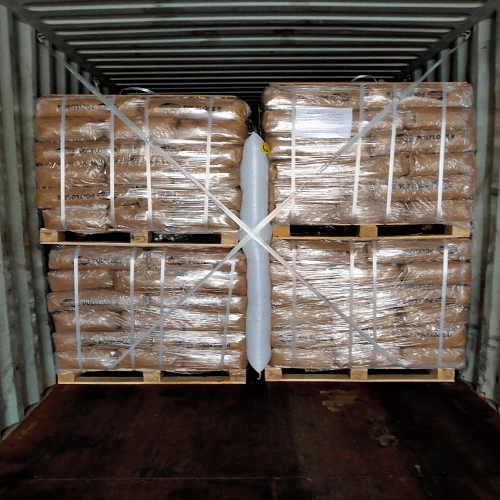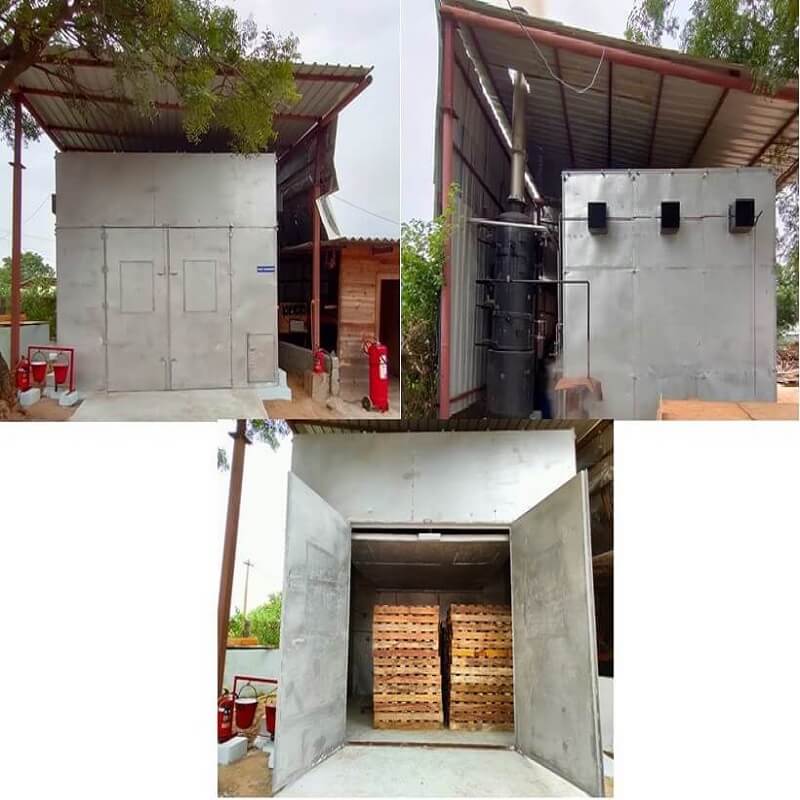Shipping Wooden Pallets
Shipping wooden pallets is a common practice in the logistics and transportation industry. These versatile platforms are essential for storing, handling, and transporting goods, and they play a crucial role in the global supply chain. Whether you are a business owner looking to ship your products or an individual needing to move heavy or bulky items.
Understanding the best practices for shipping wooden pallets is important.
- Selecting the Right Pallet: Before you even think about shipping wooden pallets, it’s essential to choose the right type and size for your specific needs. There are various pallet designs and materials available, but wooden pallets remain popular due to their sturdiness and affordability. Ensure that the pallet is in good condition, without any broken boards or protruding nails that could damage the cargo.
- Proper Packaging: To protect your goods during shipping, secure them to the pallet with straps, stretch wrap, or banding. This prevents items from shifting, falling, or getting damaged in transit. Additionally, consider using dunnage or edge protectors to safeguard your cargo from the edges of the pallet.
- Labeling and Documentation: Properly label your shipment with all necessary information, including shipping and receiving addresses, contact information, and any handling instructions. Ensure that your shipment complies with all relevant regulations and customs documentation if you are shipping internationally.
- Weight Distribution: To prevent imbalances and ensure safe transportation, distribute the weight evenly on the pallet. Avoid overloading or concentrating the weight on one side, as this can lead to stability issues during shipping.
- Consider the Destination: Be aware of the destination and any specific requirements for receiving pallet shipments. Some facilities may have guidelines for pallet size, quality, or handling procedures.
- Palletizing Techniques: If you are shipping multiple pallets, consider proper palletizing techniques to optimize space and reduce the risk of damage. Stacking pallets securely can help minimize wasted space and reduce the chance of accidents.
- Protection from the Elements: Depending on your cargo, you might need to protect it from the elements. If your shipment is sensitive to moisture or temperature fluctuations, consider using moisture-resistant packaging or thermal blankets.
- Shipping Method: Choose a shipping method that suits your needs and budget. Whether it’s through a courier service, freight carrier, or other means, consider factors such as shipping time, cost, and the specific requirements of your cargo.
- Insurance: Depending on the value of your goods, consider purchasing insurance to cover any potential damage or loss during transit. While carriers may provide some liability coverage, it’s often limited, so additional insurance can offer extra peace of mind.
- Communication: Stay in communication with the shipping company and the receiving party to ensure a smooth and successful delivery. Provide tracking information and notify the recipient of the expected delivery date and time.
- Receiving and Unloading: When the pallets arrive at their destination, ensure that the recipient follows proper procedures for unloading and handling the shipment to avoid damage or injury.
Shipping wooden pallets can be an efficient and cost-effective way to transport goods, but it requires attention to detail and careful planning. By selecting the right pallets, properly packaging your cargo, and following best practices, you can ensure a successful and safe shipment of your goods.


